
7 Simple Apartment Soundproofing Tips To Keep The Noise Outside
Jackhammers, children screaming, neighbors getting a little frisky, apartment living can be loud. Luckily there are several solutions that can help you mute these urban intrusions—and they’re far easier to implement than you may think.
1. Cover walls
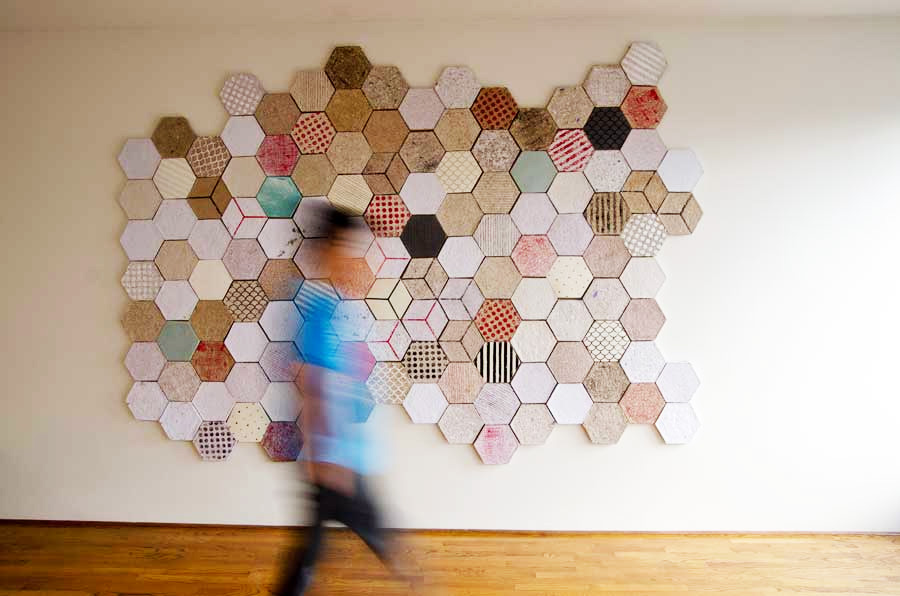
Dear Human wall tiles
Wood and glass have the uncanny ability to amplify noise in a space. By adding soft surfaces to a room, you can absorb a lot of noise. Sound-absorbing materials like cotton, foam and felt are ideal (they’re what musicians use to soundproof rooms), but they don’t always give way to the right look. A much more stylish solution is to apply materials like decorative fabric, pieces of art or greenery to sparse surfaces. This could include adorning walls with pictures and frames, adding a living wall, or affixing wall tiles or tapestries for a more bold look. Just keep in mind that some materials are better at blocking out higher- and lower-pitch sounds.
2. Add rugs and ceiling baffles
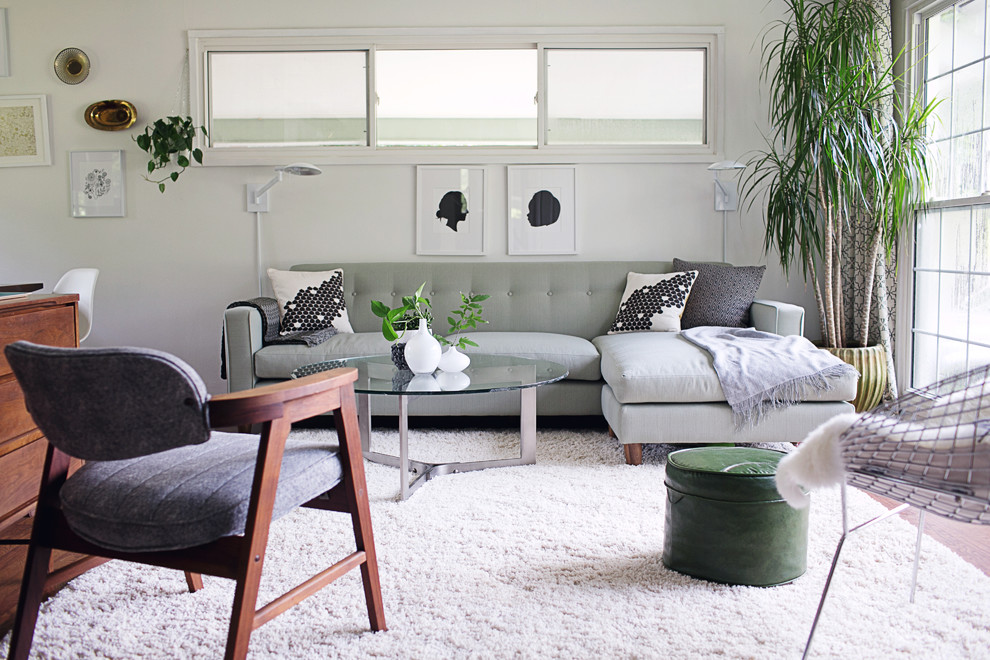 Image via Christina Louck by Heidi Geldhauser
Image via Christina Louck by Heidi Geldhauser
Following the same rationale as above, adding rugs or carpet to your floors or suspended baffles to your ceilings will help keep sounds from bouncing. Rugs are also a great way to tie the decor of a room together, and if you have a dog or kids, your downstairs neighbor will surely appreciate the muffled patter of your pet or over-stimulated child. Go for “high-pile” designs to really minimize noise. If you’re not a rug person, ceiling baffles also work well. These days, they come in all sorts of fun and sculptural designs.
3. Use draft guards and door seals
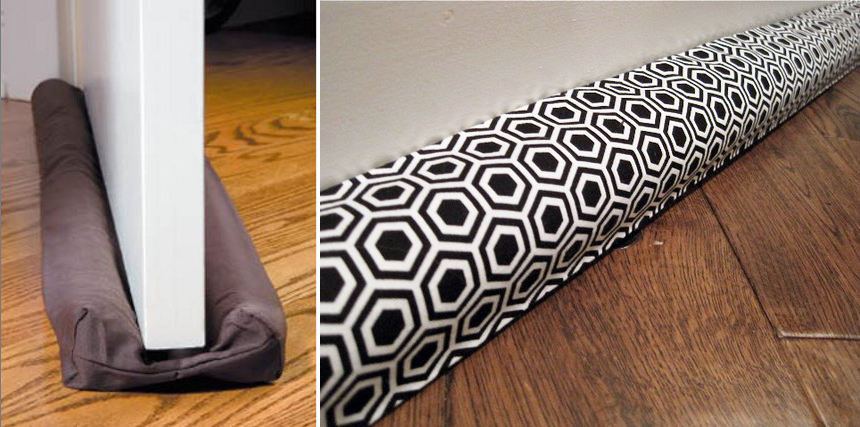
Hexagonal print draft guard via Etsy for $18 (L)
The crack below your door may not look like much, but it’s a great place for noise to enter. Adding a door guard will help mitigate unwelcome sounds. They’re also an excellent and inexpensive way to add a bit of insulation to your home, keeping cold or hot air out, depending on the season. Etsy has a great selection of door guards in various prints.
4. Replace your doors
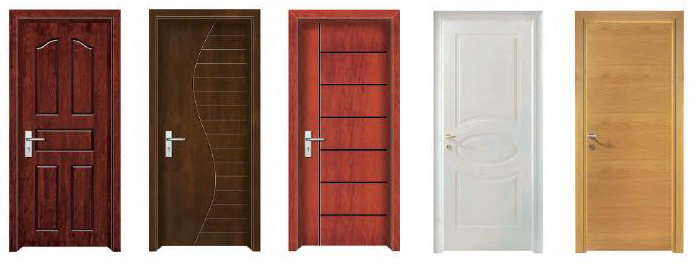
They don’t make doors like they used to, that’s for sure. A solid wood door provides a much better sound barrier than cheap hollow ones that allow sound to pass through. While a solid wood door is your best bet, particleboard-core and composite-core are great less-pricey alternatives that work almost as well.
5. Add bookshelves
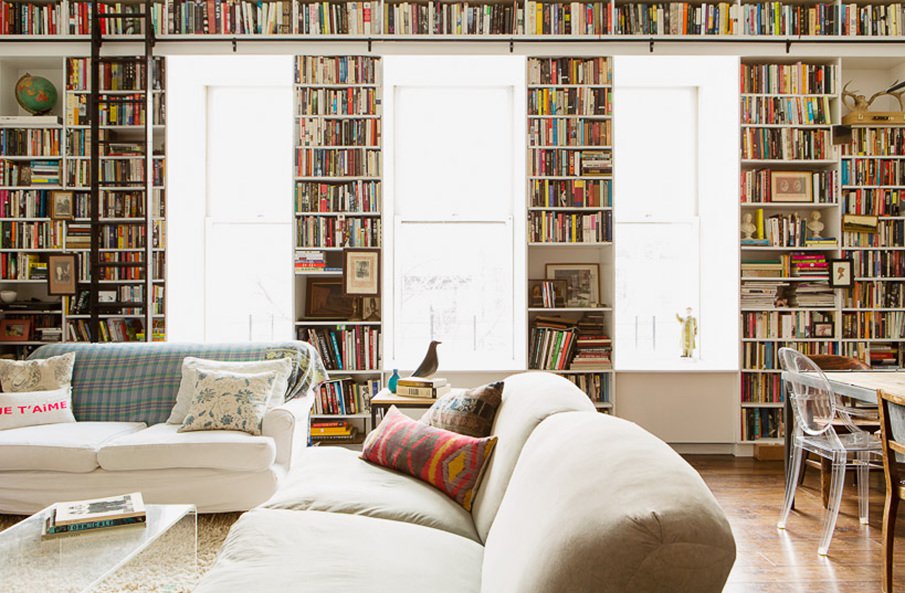
Ensemble Architecture/Elizabeth Roberts Design’s bookshelf addition in a Brooklyn loft
Bookshelves and their heavy, dense books provide excellent sound insulation and will make any home—and its residents—look more sophisticated. Bookshelves also come with the added benefit of extra storage space—although don’t go too crazy adding tchotchkes and other trinkets. Too many voids and clear surfaces will counter your noise-blocking efforts.
6. Upgrade your windows

Image: Jess Pac via flickr CC
For those who own their homes, windows are an upgrade that might be worth investing in. Newer windows offer thicker glass and better insulation from both sound and inclement weather when properly treated. In fact, some windows currently on the market can block up to 95 percent of sounds.
However, replacing windows can be prohibitively expensive, especially if you have unconventionally-sized or unique windows that require customization. One way to find out if swapping out your windows is worth the money is to hire an acoustical consultant (we found Brooklyn Insulation on our hunt). They can offer up their expert advice and tell you if you need a complete window overhaul, or if you just need some caulk to seal cracks around your windows.
7. Insulate your walls
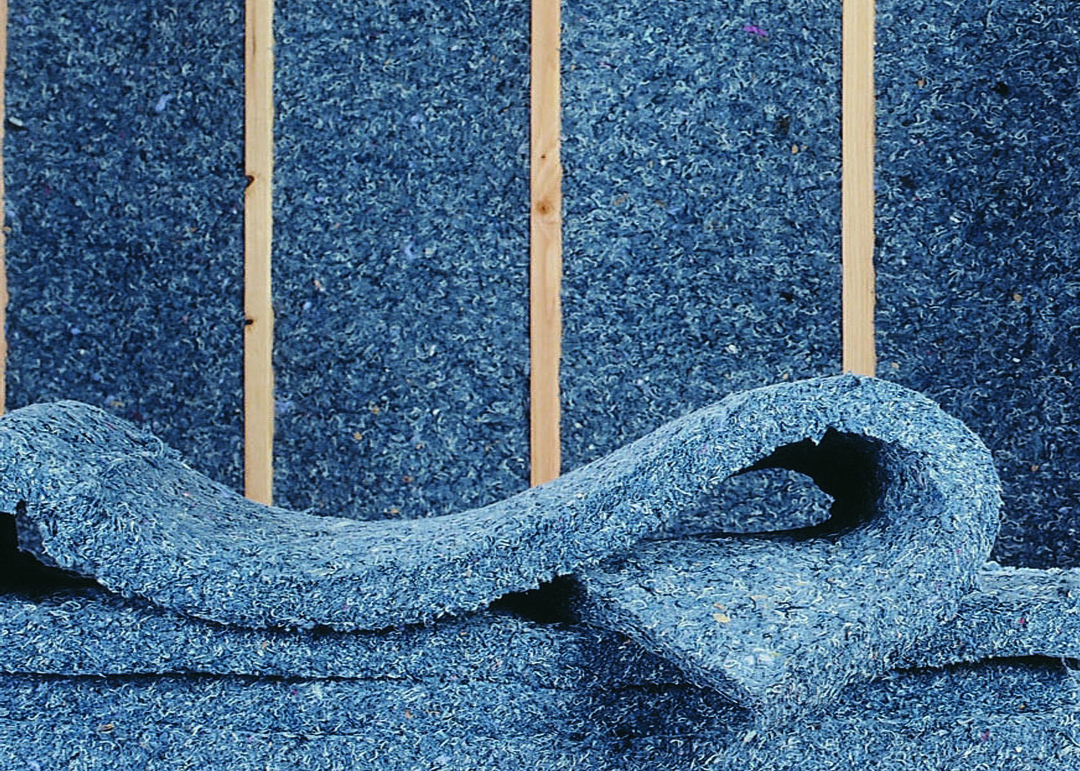
Recycled denim insulation
Another option for homeowners, particularly those considering a renovation in the near future, is packing insulation between studs or joists or doubling up on the drywall. In some very old NYC constructions, like the famed Ansonia, highly-insulated, extra-thick walls were the main attraction for musicians who loved the idea that they could play their instruments and sing to their heart’s content without disturbing their neighbors.
And if you still can’t make it work, there’s always this:
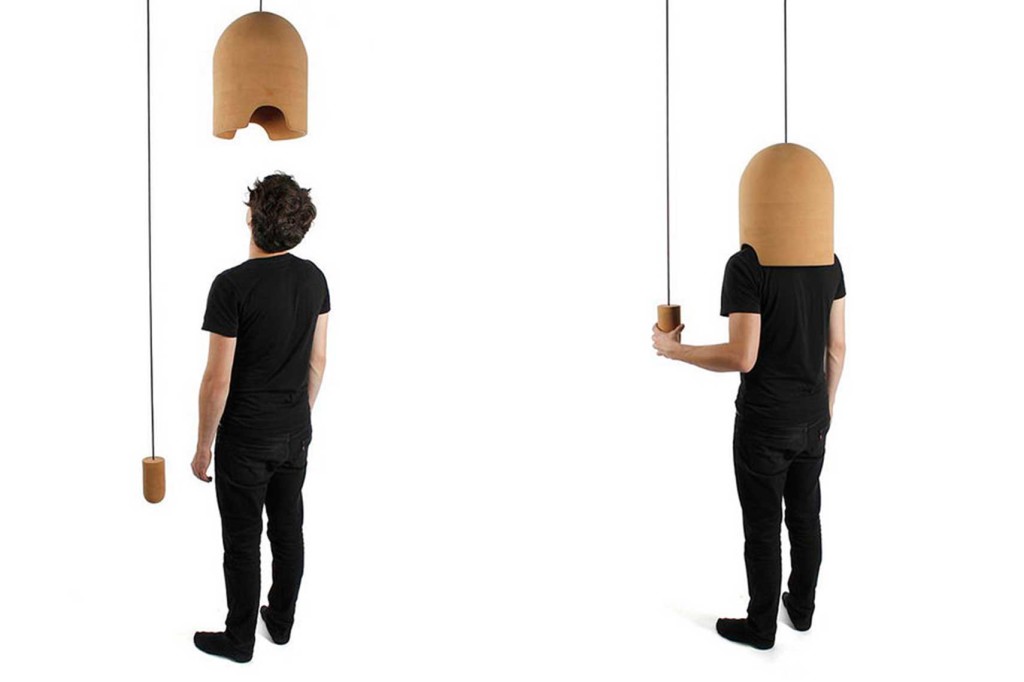
Emmanuel Vaneputte’s cork helmet.
via 6sqft

No Comments